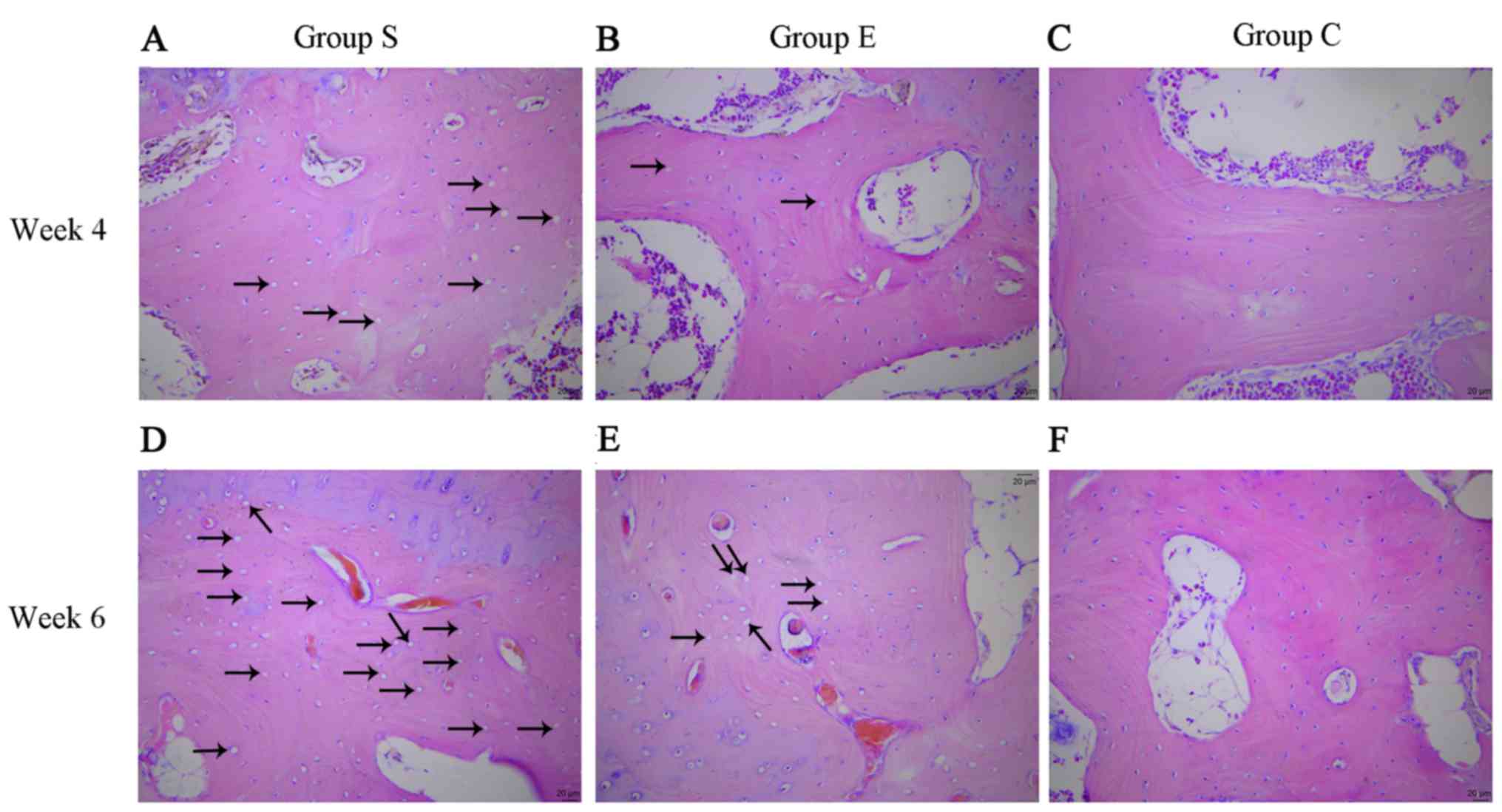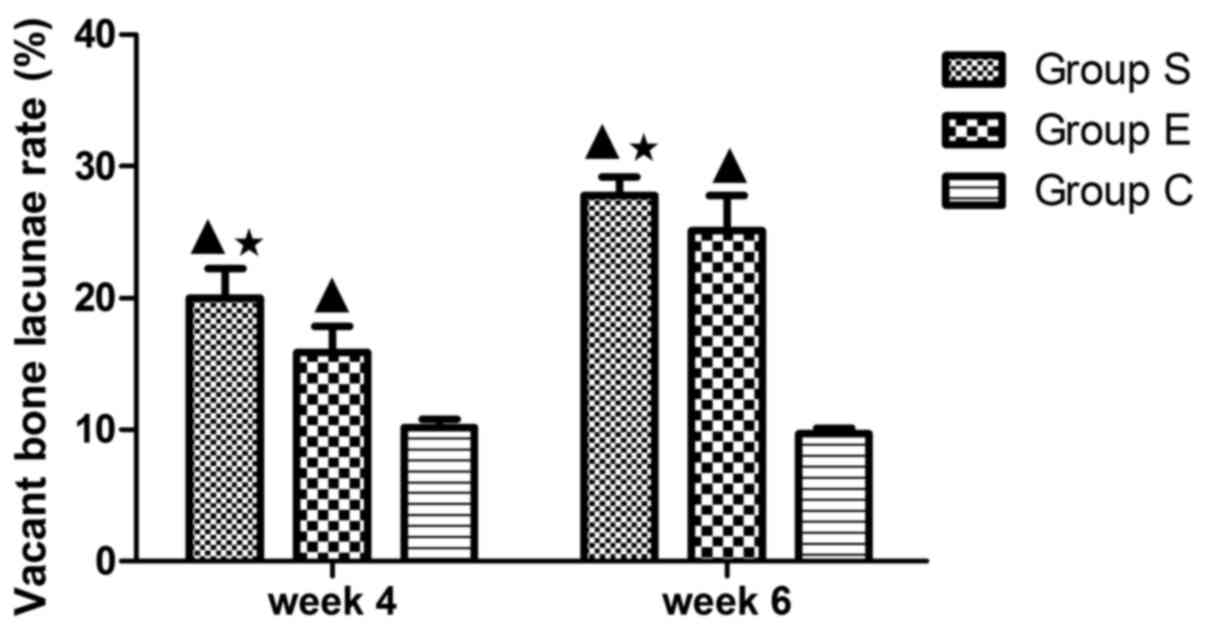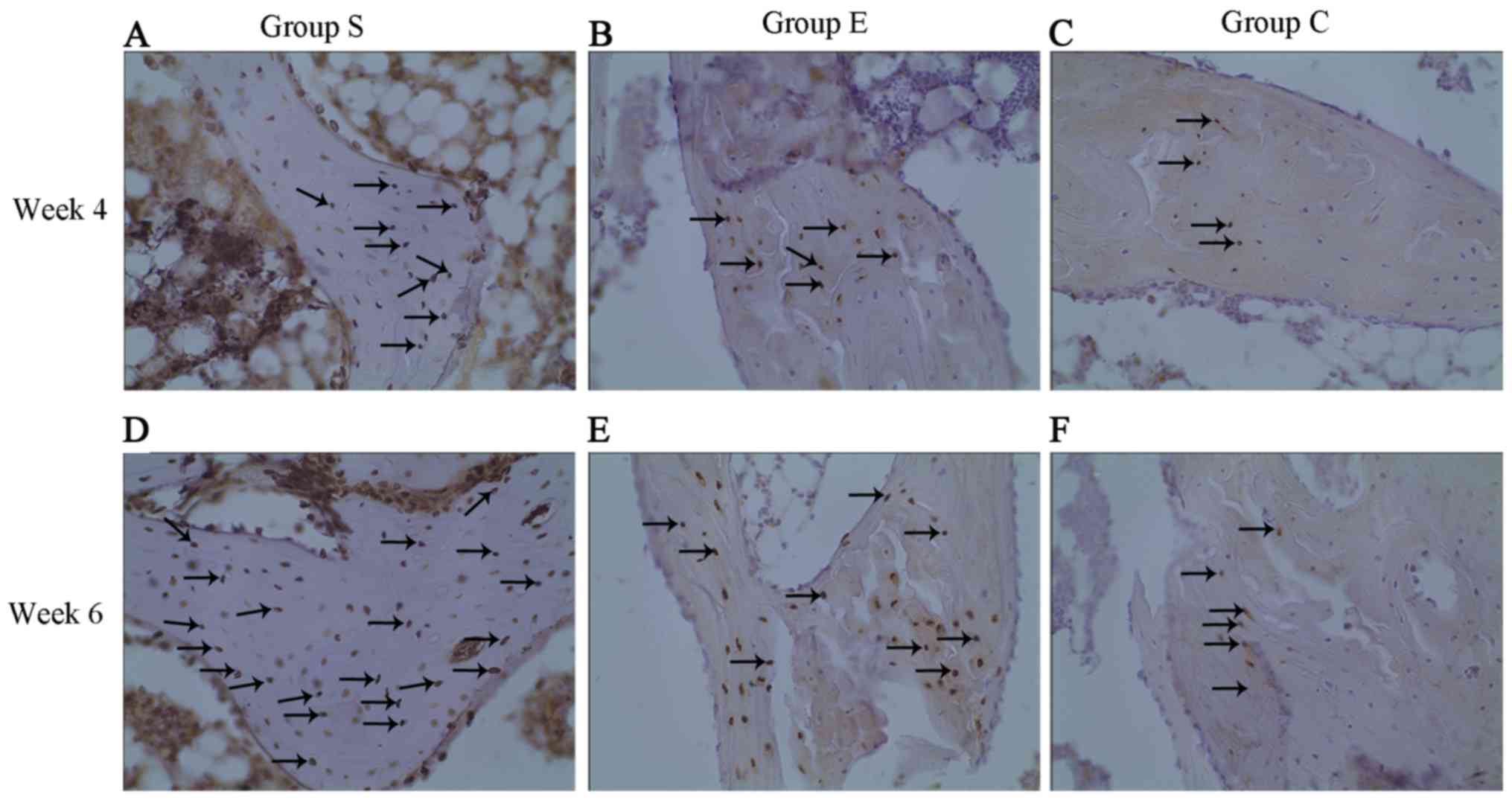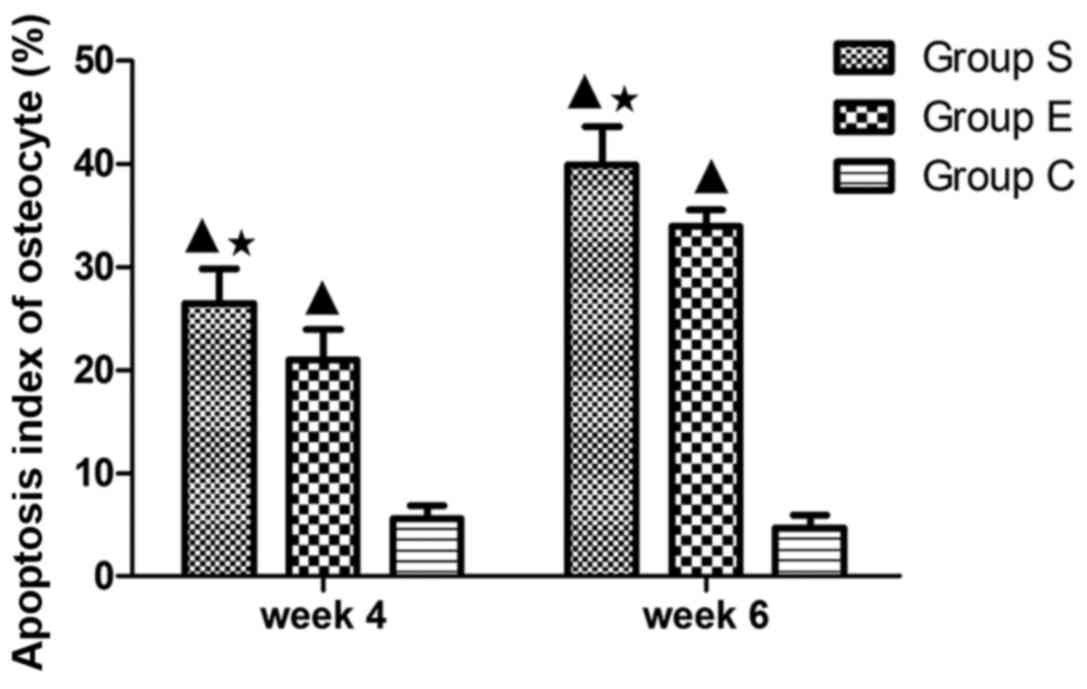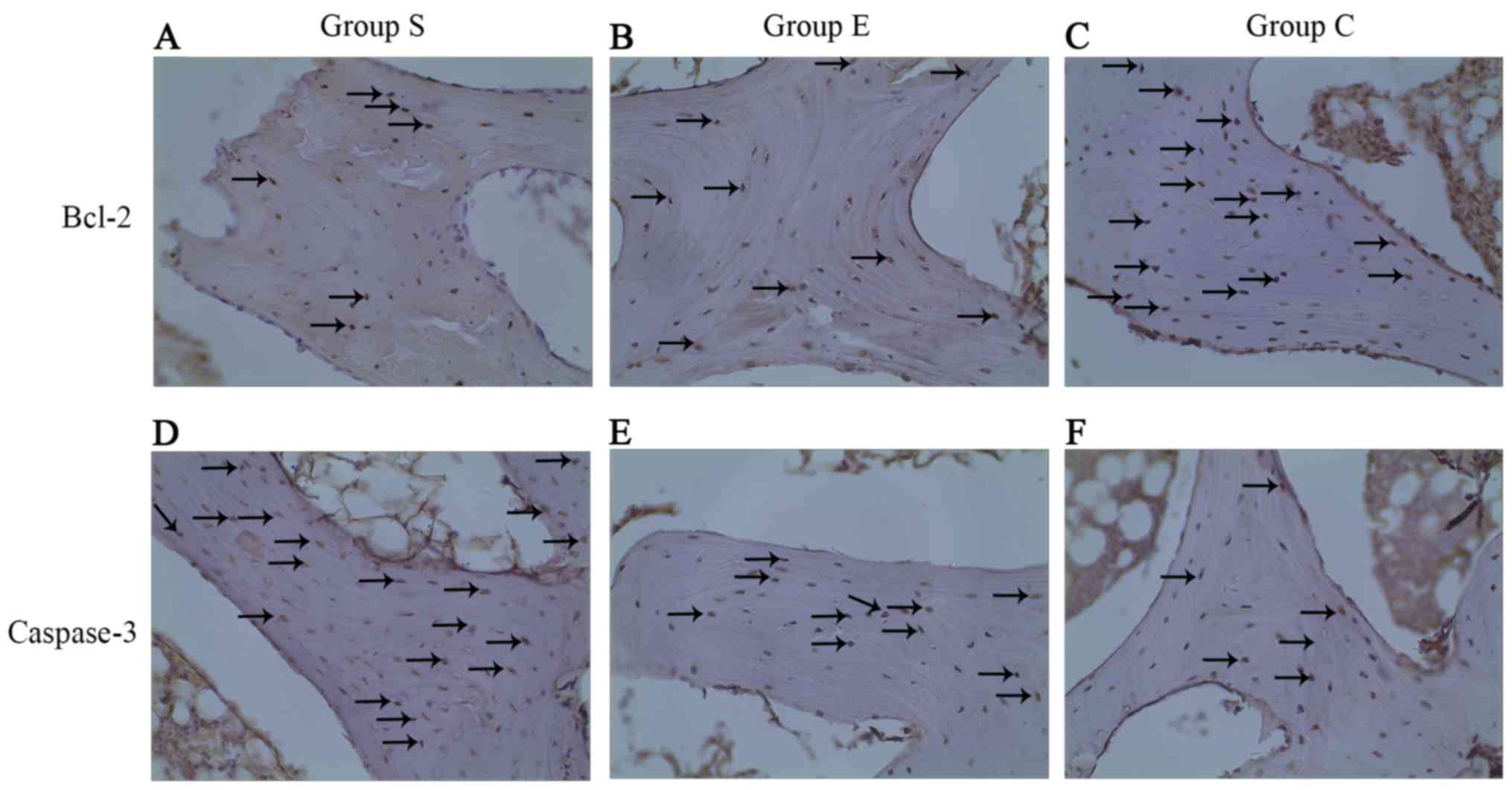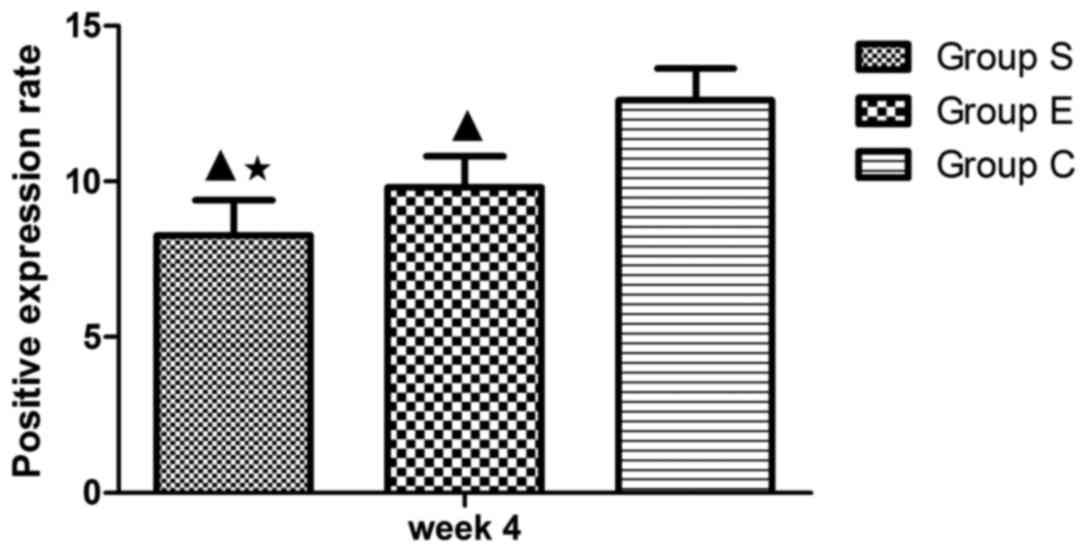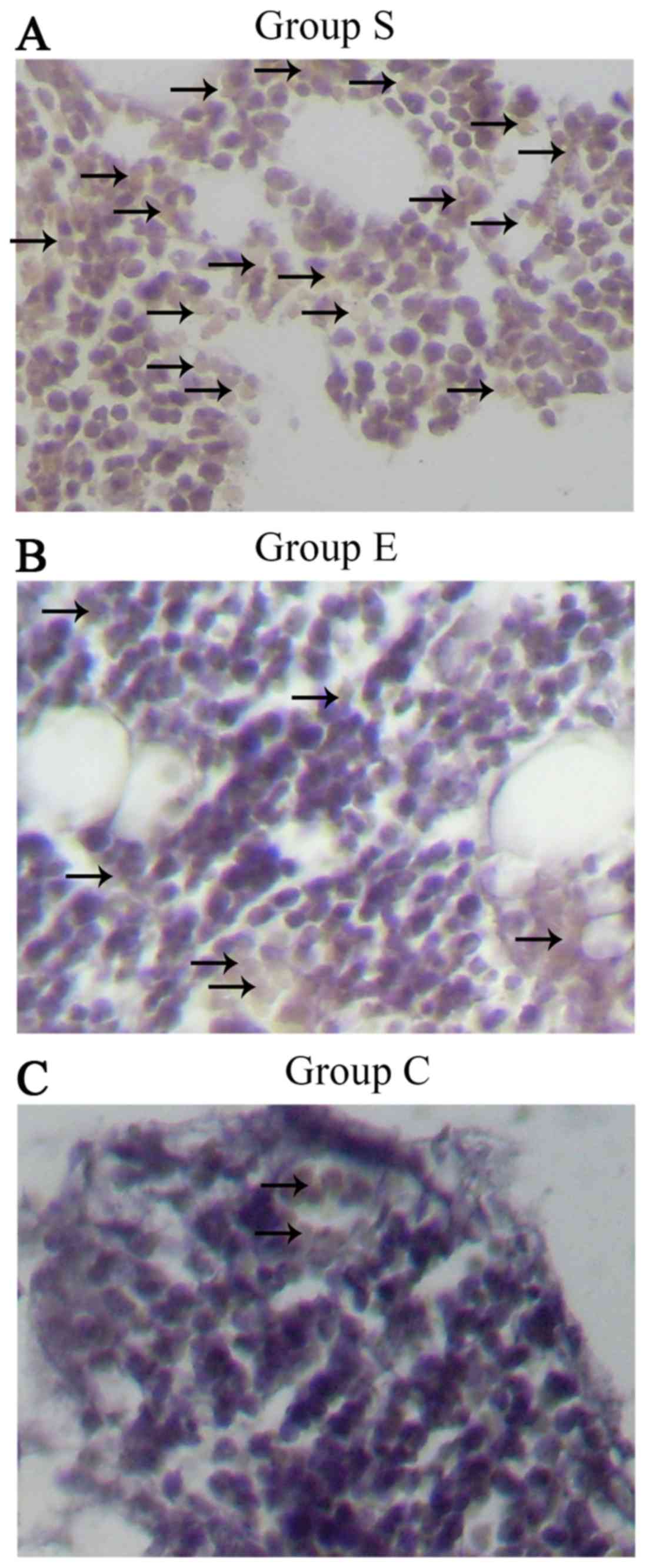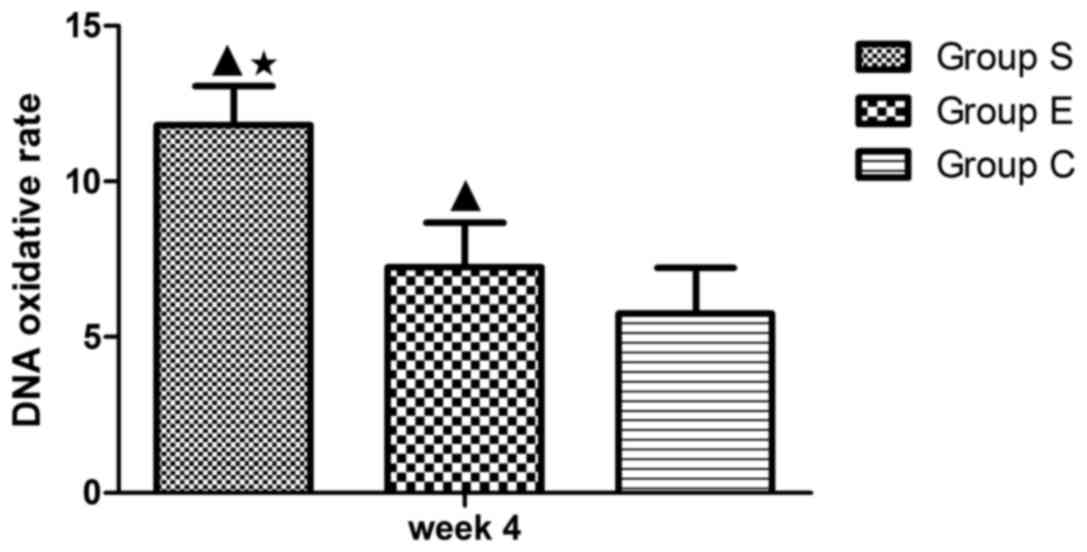|
1
|
Tanaka Y, Yoshikawa N, Hattori S, Sasaki
S, Ando T, Ikesa M and Honda M: Japanese Study Group for Renal
Disease in Children: Combination therapy with steroids and
mizoribine in juvenile SLE: A randomized controlled trial. Pediatr
Nephrol. 25:877–882. 2010. View Article : Google Scholar : PubMed/NCBI
|
|
2
|
Hodson EM and Alexander SI: Evaluation and
management of steroid-sensitive nephrotic syndrome. Curr Opin
Pediatr. 20:145–150. 2008. View Article : Google Scholar : PubMed/NCBI
|
|
3
|
Tönshoff B, Höcker B and Weber LT: Steroid
withdrawal in pediatric and adult renal transplant recipients.
Pediatr Nephrol. 20:409–417. 2005. View Article : Google Scholar : PubMed/NCBI
|
|
4
|
Simon JP, Berger P and Bellemans J: Total
hip arthroplasty in patients less than 40 years old with avascular
necrosis of the femoral head. A 5 to 19-year follow-up study. Acta
Orthop Belg. 77:53–60. 2011.PubMed/NCBI
|
|
5
|
Motomura G, Yamamoto T, Yamaguchi R,
Ikemura S, Nakashima Y, Mawatari T and Iwamoto Y: Morphological
analysis of collapsed regions in osteonecrosis of the femoral head.
J Bone Joint Surg Br. 93:184–187. 2011. View Article : Google Scholar : PubMed/NCBI
|
|
6
|
Nagasawa K, Tada Y, Koarada S, Tsukamoto
H, Horiuchi T, Yoshizawa S, Murai K, Ueda A, Haruta Y and Ohta A:
Prevention of steroid-induced osteonecrosis of femoral head in
systemic lupus erythematosus by anti-coagulant. Lupus. 15:354–357.
2006. View Article : Google Scholar : PubMed/NCBI
|
|
7
|
Yin L, Li YB and Wang YS:
Dexamethasone-induced adipogenesis in primary marrow stromal cell
cultures: Mechanism of steroid-induced osteonecrosis. Chin Med J
(Engl). 119:581–588. 2006.PubMed/NCBI
|
|
8
|
Drescher W, Schlieper G, Floege J and
Eitner F: Steroid-related osteonecrosis-an update. Nephrol Dial
Transplant. 26:2728–2731. 2011. View Article : Google Scholar : PubMed/NCBI
|
|
9
|
Takano-Murakami R, Tokunaga K, Kondo N,
Ito T, Kitahara H, Ito M and Endo N: Glucocorticoid inhibits bone
regeneration after osteonecrosis of the femoral head in aged female
rats. Tohoku J Exp Med. 217:51–58. 2009. View Article : Google Scholar : PubMed/NCBI
|
|
10
|
Siler U, Rousselle P, Müller CA and Klein
G: Laminin gamma2 chain as a stromal cell marker of the human bone
marrow microenvironment. Br J Haematol. 119:212–220. 2002.
View Article : Google Scholar : PubMed/NCBI
|
|
11
|
Miyanishi K, Yamamoto T, Irisa T,
Yamashita A, Jingushi S, Noguchi Y and Iwamoto Y: Bone marrow fat
cell enlargement and a rise in intraosseous pressure in
steroid-treated rabbits with osteonecrosis. Bone. 30:185–190. 2002.
View Article : Google Scholar : PubMed/NCBI
|
|
12
|
Liu YF, Chen WM, Lin YF, Yang RC, Lin MW,
Li LH, Chang YH, Jou YS, Lin PY, Su JS, et al: Type II collagen
gene variants and inherited osteonecrosis of the femoral head. N
Engl J Med. 352:2294–2301. 2005. View Article : Google Scholar : PubMed/NCBI
|
|
13
|
Zalavras C, Shah S, Birnbaum MJ and
Frenkel B: Role of apoptosis in glucocorticoid-induced osteoporosis
and osteonecrosis. Crit Rev Eukaryot Gene Expr. 13:221–235. 2003.
View Article : Google Scholar : PubMed/NCBI
|
|
14
|
Ichiseki T, Kaneuji A, Katsuda S, Ueda Y,
Sugimori T and Matsumoto T: DNA oxidation injury in bone early
after steroid administration is involved in the pathogenesis of
steroid-induced osteonecrosis. Rheumatology (Oxford). 44:456–460.
2005. View Article : Google Scholar : PubMed/NCBI
|
|
15
|
Reuter S, Gupta SC, Chaturvedi MM and
Aggarwal BB: Oxidative stress, inflammation, and cancer: How are
they linked? Free Radic Biol Med. 49:1603–1616. 2010. View Article : Google Scholar : PubMed/NCBI
|
|
16
|
Jørgensen A: Oxidatively generated DNA/RNA
damage in psychological stress states. Dan Med J.
60:B46852013.PubMed/NCBI
|
|
17
|
Traber MG and Atkinson J: Vitamin E,
antioxidant and nothing more. Free Radic Biol Med. 43:4–15. 2007.
View Article : Google Scholar : PubMed/NCBI
|
|
18
|
Kuribayashi M, Fujioka M, Takahashi KA,
Arai Y, Ishida M, Goto T and Kubo T: Vitamin E prevents
steroid-induced osteonecrosis in rabbits. Acta Orthop. 81:154–160.
2010. View Article : Google Scholar :
|
|
19
|
Yamamoto T, Miyanishi K, Motomura G,
Nishida K, Iwamoto Y and Sueishi K: Animal models for
steroid-induced osteonecrosis. Clin Calcium. 17:879–886. 2007.(In
Japanese). PubMed/NCBI
|
|
20
|
Conradie MM, De Wet H, Kotze DD, Burrin
JM, Hough FS and Hulley PA: Vanadate prevents
glucocorticoid-induced apoptosis of osteoblasts in vitro and
osteocytes in vivo. J Endocrinol. 195:229–240. 2007. View Article : Google Scholar : PubMed/NCBI
|
|
21
|
Cakir E, Yilmaz A, Demirag F, Oguztuzun S,
Sahin S, Yazici UE and Aydin M: Prognostic significance of
micropapillary pattern in lung adenocarcinoma and expression of
apoptosis-related markers: Caspase-3, bcl-2 and p53. APMIS.
119:574–580. 2011. View Article : Google Scholar : PubMed/NCBI
|
|
22
|
Lu PZ, Lai CY and Chan WH: Caffeine
induces cell death via activation of apoptotic signal and
inactivation of survival signal in human osteoblasts. Int J Mol
Sci. 9:698–718. 2008. View Article : Google Scholar : PubMed/NCBI
|
|
23
|
Ichiseki T, Ueda Y, Katsuda S, Kitamura K,
Kaneuji A and Matsumoto T: Oxidative stress by glutathione
depletion induces osteonecrosis in rats. Rheumatology (Oxford).
45:287–290. 2006. View Article : Google Scholar : PubMed/NCBI
|
|
24
|
Meira LB, Bugni JM, Green SL, Lee CW, Pang
B, Borenshtein D, Rickman BH, Rogers AB, Moroski-Erkul CA, McFaline
JL, et al: DNA damage induced by chronic inflammation contributes
to colon carcinogenesis in mice. J Clin Invest. 118:2516–2525.
2008.PubMed/NCBI
|
|
25
|
Dizdaroglu M, Jaruga P, Birincioglu M and
Rodriguez H: Free radical-induced damage to DNA: Mechanisms and
measurement. Free Radic Biol Med. 32:1102–1115. 2002. View Article : Google Scholar : PubMed/NCBI
|
|
26
|
Constantinou C, Neophytou CM, Vraka P,
Hyatt JA, Papas KA and Constantinou AI: Induction of DNA damage and
caspase-independent programmed cell death by vitamin E. Nutr
Cancer. 64:136–152. 2012. View Article : Google Scholar : PubMed/NCBI
|
|
27
|
Itoh H, Ohkuwa T, Yamazaki Y, Shimoda T,
Wakayama A, Tamura S, Yamamoto T, Sato Y and Miyamura M: Vitamin E
supplementation attenuates leakage of enzymes following 6
successive days of running training. Int J Sports Med. 21:369–374.
2000. View Article : Google Scholar : PubMed/NCBI
|
|
28
|
Canalis E and Delany AM: Mechanisms of
glucocorticoid action in bone. Ann N Y Acad Sci. 966:73–81. 2002.
View Article : Google Scholar : PubMed/NCBI
|
|
29
|
Sato M, Sugano N, Ohzono K, Nomura S,
Kitamura Y, Tsukamoto Y and Ogawa S: Apoptosis and expression of
stress protein (ORP150, HO1) during development of ischaemic
osteonecrosis in the rat. J Bone Joint Surg Br. 83:751–759. 2001.
View Article : Google Scholar : PubMed/NCBI
|
|
30
|
Weinstein RS, Nicholas RW and Manolagas
SC: Apoptosis of osteocytes in glucocorticoid-induced osteonecrosis
of the hip. J Clin Endocrinol Metab. 85:2907–2912. 2000. View Article : Google Scholar : PubMed/NCBI
|
|
31
|
Kogianni G, Mann V, Ebetino F, Nuttall M,
Nijweide P, Simpson H and Noble B: Fas/CD95 is associated with
glucocorticoid-induced osteocyte apoptosis. Life Sci. 75:2879–2895.
2004. View Article : Google Scholar : PubMed/NCBI
|
|
32
|
Kabata T, Kubo T, Matsumoto T, Nishino M,
Tomita K, Katsuda S, Horii T, Uto N and Kitajima I: Apoptotic cell
death in steroid induced osteonecrosis: An experimental study in
rabbits. J Rheumatol. 27:2166–2171. 2000.PubMed/NCBI
|
|
33
|
Haÿ E, Lemonnier J, Fromigué O and Marie
PJ: Bone morphogenetic protein-2 promotes osteoblast apoptosis
through a Smad-independent, protein kinase C-dependent signaling
pathway. J Biol Chem. 276:29028–29036. 2001. View Article : Google Scholar : PubMed/NCBI
|
|
34
|
Fiandalo MV and Kyprianou N: Caspase
control: Protagonists of cancer cell apoptosis. Exp Oncol.
34:165–175. 2012.PubMed/NCBI
|
|
35
|
Poreba M, Strózyk A, Salvesen GS and Drag
M: Caspase Substrates and Inhibitors. Cold Spring Harb Perspect
Biol. 5:a0086802013. View Article : Google Scholar : PubMed/NCBI
|
|
36
|
Végran F, Boidot R, Solary E and
Lizard-Nacol S: A short caspase-3 isoform inhibits
chemotherapy-induced apoptosis by blocking apoptosome assembly.
PLoS One. 6:e290582011. View Article : Google Scholar : PubMed/NCBI
|
|
37
|
Byrd JC, Shinn C, Waselenko JK, Fuchs EJ,
Lehman TA, Nguyen PL, Flinn IW, Diehl LF, Sausville E and Grever
MR: Flavopiridol induces apoptosis in chronic lymphocytic leukemia
cells via activation of caspase-3 without evidence of bcl-2
modulation or dependence on functional p53. Blood. 92:3804–3816.
1998.PubMed/NCBI
|
|
38
|
Sun F, Hayami S, Ogiri Y, Haruna S, Tanaka
K, Yamada Y, Tokumaru S and Kojo S: Evaluation of oxidative stress
based on lipid hydroperoxide, vitamin C and vitamin E during
apoptosis and necrosis caused by thioacetamide in rat liver.
Biochim Biophys Acta. 1500:181–185. 2000. View Article : Google Scholar : PubMed/NCBI
|
|
39
|
Demiralay R, Gürsan N and Erdem H: The
effects of erdosteine, N-acetylcysteine, and vitamin E on
nicotine-induced apoptosis of pulmonary cells. Toxicology.
219:197–207. 2006. View Article : Google Scholar : PubMed/NCBI
|
|
40
|
Qin F, Yan C, Patel R, Liu W and Dong E:
Vitamins C and E attenuate apoptosis, beta-adrenergic receptor
desensitization, and sarcoplasmic reticular Ca2+ ATPase
downregulation after myocardial infarction. Free Radic Biol Med.
40:1827–1842. 2006. View Article : Google Scholar : PubMed/NCBI
|



